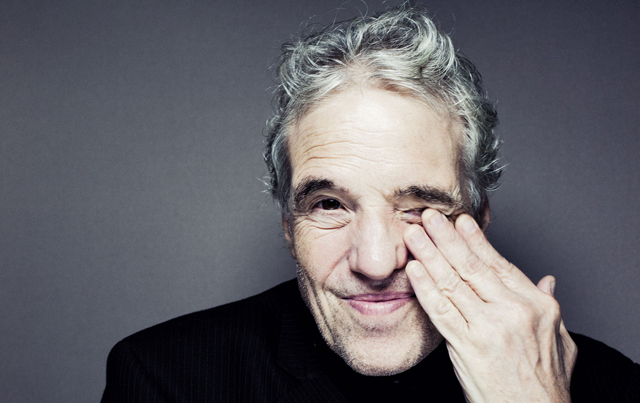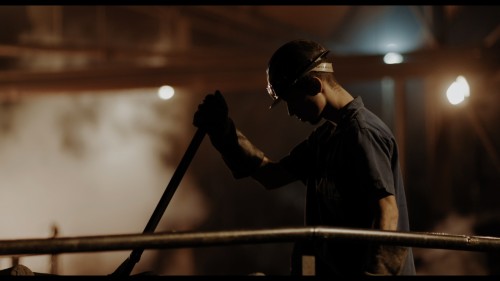The king of New York underground cinema, Abel Ferrara on the last episode of the year. We discuss his having transplanted to Rome and his enjoying a...
The city of Ouro Preto is an historic site known throughout Brazil for its decadence. A gold boom in the 18th century bolstered its initial growth...
Filmwax Radio blogger Herbert Gambill’s 3rd dispatch from the New York Film Festival press & industry screenings. The Festival runs from Friday...



